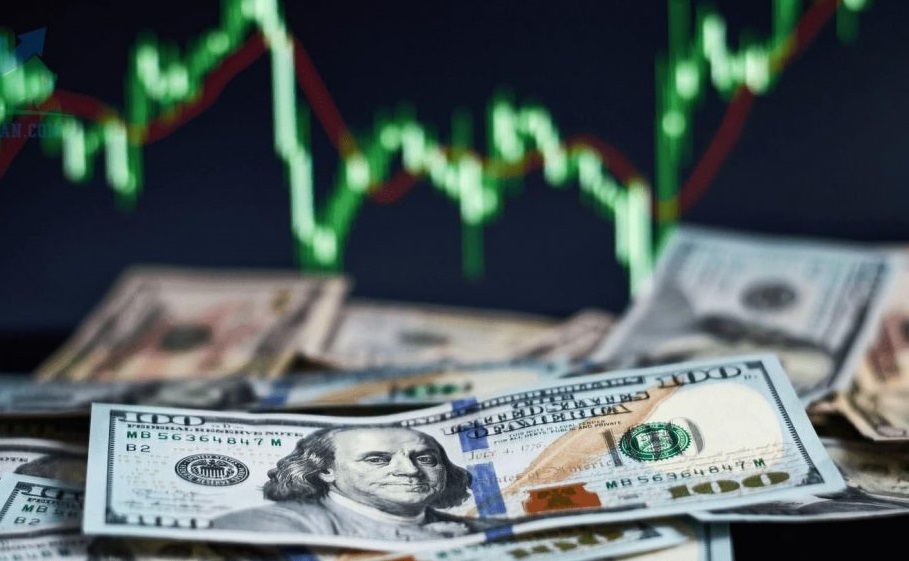How will central bank meetings impact the FX market?
A plethora of central bank meetings this week will hog the headlines and possibly dictate short-term, if not longer-term currency movements.

Near-term threats of a rise in risk-aversion will put the 1.05-1.10 range into play for euro/dollar
The Fed, ECB, BoE, SNB, BoJ, and Norges Bank all meet this week. All of these are moving policy in a tighter direction but the pace is significantly different with the BoJ, for instance, merely likely to scale back or end some Covid-related supports while at the other extreme Norges Bank should announce its second rate hike. With central banks all moving in the same direction because of the surge in inflation, it seems that the scope for currency movements will be limit ed.
Of course, some interest rate differentials will open up as banks move at different speeds but these may not be sufficient to create significant currency volatility. There is a good deal of talk in the market that the dollar will rise because the Fed is tightening policy. But Mr. Steve Barrow, Head of Standard Bank G10 Strategy, said this is not sure to happen. As we see it there are two aspects to the Fed’s tightening cycle when it comes to the dollar. The first is whether the Fed is tightening much faster than others and so creating rate differentials that can lift the dollar. But, as we’ve just said, there’s a limit ed sign that the Fed is far ahead of the pack. The second aspect is the speed of the Fed’s tightening, not in comparison to others, but concerning the inflation risk. For if Fed tightening leaves investors very nervous, creating a significant risk-off sentiment within riskier assets, we are likely to find that the dollar rallies irrespective of whether the Fed is in front of, or behind, other central banks.
Right now, this seems to offer the greatest scope for the dollar to rise as we feel that the Fed has fallen behind the curve and the catch-up process could adversely impact risk assets and lift the dollar – albeit only over the short-term. We take a different view over the long haul for if the Fed is behind the curve and if, as a result, high inflation remains entrenched we think this will weigh on the dollar once any short-term spike in risk aversion is over.
Why is this likely to be the case? Mr. Steve Barrow said there are a couple of reasons. One is that real (inflation-adjusted) US rates won’t rise significantly, if at all, against other major nations over the long haul. Another is that the credibility of the Fed will be challenged and that’s likely to weigh on the dollar over time as investors question the safety of the greenback. Of course, other countries are seeing inflation as well and their central bank credibility could be undermined as well. But, the Fed is in the most precarious place of all for two reasons. The first is that the inflation threat is much greater than elsewhere because policy – particularly on the fiscal side – has been eased far too much given the scale of the Covid threat. And secondly, the Fed’s unique global position effectively determines the global financial cycle and that makes the Fed warier than most central banks when it comes to aggressive and unanticipated policy tightening. The upshot of this is that monetary conditions can be left too loose and, over time, we think that’s likely to weigh on the dollar.
What does all this suggest for the level of the dollar going forward? Mr. Steve Barrow thinks that near-term threats of a rise in risk-aversion will put the 1.05-1.10 range into play for euro/dollar and, for sterling, this means 1.25-1.30. The dollar could enjoy even more strength against the ‘riskier’ G10 currencies. But even here the longer-term outlook is for other G10 currencies to rally back against the dollar as the greenback is weighed down by the factors we’ve mentioned above in terms of the Fed falling behind the curve. The continuation of a global economic recovery from the Covid setback, however faltering at times, should still lift G10 - and EM – currencies against the dollar.
“Our longer-term expectations are still for euro/dollar to make it up to a 1.30-1.40 range with sterling/dollar bound for 1.50-1.60. Of course, there could be setbacks in the eurozone or UK that trim these gains. The UK’s Brexit problems could weigh on sterling for instance. But even if we find that these two currencies see their chances of significant strength against the dollar cut back, we’d still anticipate a broad dollar decline against other developed and non-developed currencies”, Mr. Steve Barrow forecasted.








